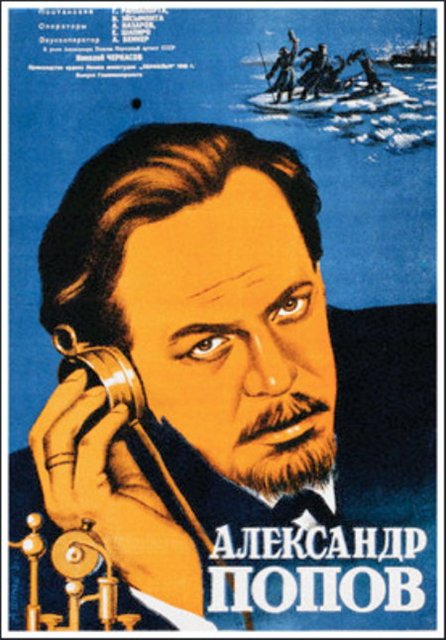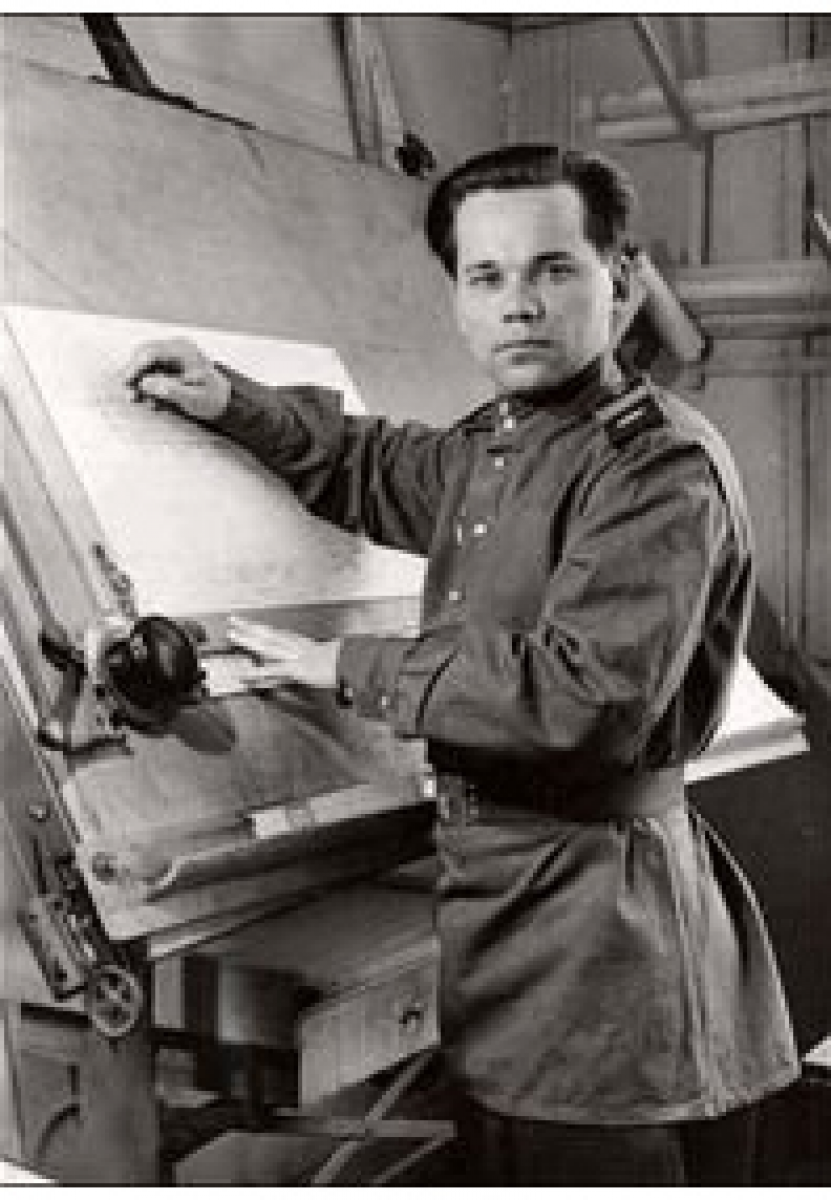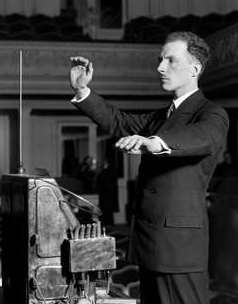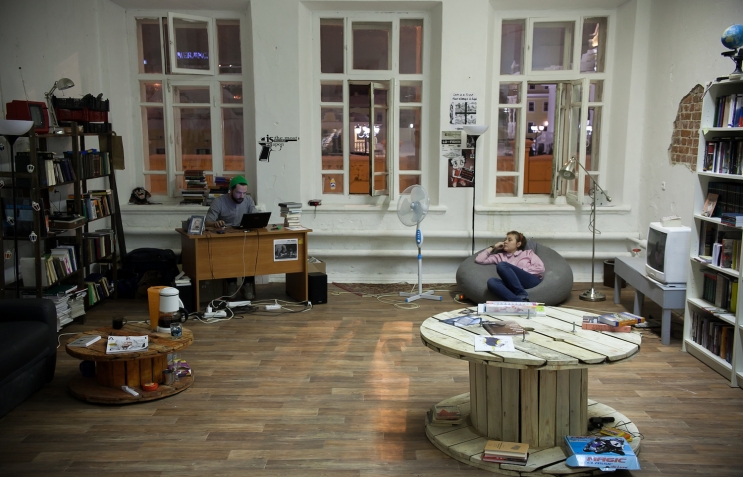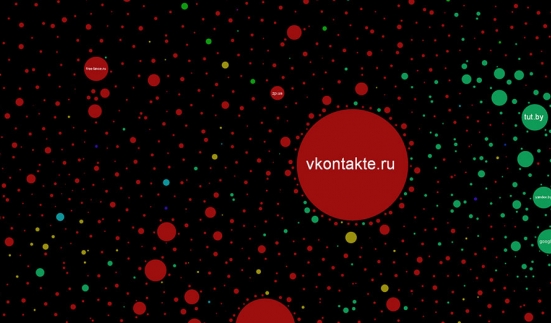Future tense: Digital October and the uncertain fate of innovation

Russia's start-up economy is yet to make a big breakthrough, despite the high profile of tech incubators like Moscow's Digital October. With recent political developments putting government patronage in doubt, Olga Shvarova ponders the past, present and future of Russian innovation
Earlier this month Vladislav Surkov, one-time chief ideologue of United Russia, left his post as deputy prime minister in charge of economic modernisation, supposedly at his own volition. His departure, along with the corruption investigation launched into his pet project, the underperforming Skolkovo Innovation Centre near Moscow, has been interpreted by many as clear evidence that the Kremlin has lost all interest in supporting innovation. With innovation’s chief cheerleader Dmitry Medvedev increasingly sidelined, what does the future hold for research and development in Russia, and, in particular, for other tech incubators? Are centralised initiatives like Skolkovo, or Digital October in central Moscow, even an asset to the start-up scene?
The Digital October Centre for New Technologies and Technological Entrepreneurship was founded in 2010 by RU-COM Group, venture fund Bright Capital (owned by government minister and billionaire Mikhail Abyzov) and Telemarker Ltd, an online news service. The centre comprises both open-access online lectures and projects and a large space that hosts lectures, roundtables, co-working facilitation service TO-DO-CLUB and even a fencing club, all in the middle of Moscow’s most fashionable culture cluster, not far from urbanism institute Strelka.
“Once you open doors to the west, people use them to leave”
The name Digital October is a nod to the history of the impressive red-brick complex where it’s based, the former Red October chocolate factory. It’s also a nice allusion to the October Revolution that transformed the country in 1917: its founders hope the digital revolution will promote equally dramatic change some hundred years later by facilitating the development of Russia’s hi-tech companies and their integration into the global market. Former president Medvedev, who saw the project as essential to his mission to modernise the Russian economy, provided $300m of funding, which was ringfenced for investment in start-ups.
He and other modernisers identified initiatives such as Digital October as a way of responding to Russia’s pressing needs: for wider dissemination of information; for a space where like-minded people could meet and talk; and, most of all, for a way in to the global market. The last of these, however, is something of a double-edged sword: once you open doors to the west, people use them to leave. The exodus of Russia’s scientists is well known — estimates suggest that 200,000 have left in the Putin era. In order for Russia to stop haemorrhaging talent to Silicon Valley and take up a fully-fledged role in the global technological community, it needs to support the inventors and reinforce the link between invention and business. Hence the need for places like Digital October.
On the surface, Digital October has been a success. In addition to a lot of positive press, it won two awards at the 2012 RuNet Prize, for Start-up Navigator of the Year and for Science and Education. However, there are grey clouds with every silver lining. Digital October may well subscribe to a philosophy of the free exchange of information, but it’s free in the sense of free from restrictions, not free of charge. Innovation requires time and knowledge, which both require capital, and this capital demands a return on investment. In reality, the actual cost of any open source resource, be it in code, knowledge or expertise, has to be met by a considerable amount of money, provided in this case by the government.
“The Soviet state took a tight grip on the inventing process”
Has there been any return on this investment? Let’s take a look at what’s happened in the Russian innovation market since the launch of Digital October. According to Forbes.ru, the number of seed investments in start-ups quadrupled from 2010 to 2011, from 59 to nearly 200; total investment also increased fourfold, from $225m to $1bn. Despite this rise, however, only a handful of start-ups have managed to secure capital investment at the crucial later stages of development: ten in 2010 and 19 in 2011. When it comes to transforming start-ups into fully functioning businesses, the situation looks even more modest: only eight companies were independent by the end of 2011 and only two of them have been successes — video-upload site Qik (now owned by Skype) and shopping tool Ecwid.
These disappointing results perhaps point to a potential underlying problem in the model of Russian business incubators: by acting as a seed venture fund, companies like Digital October and its subsidiary, seed fund Bricolage, could well be perpetuating the genetic faults of the centralised, entrepreneur-stifling R&D system that was dominant during the USSR.
Historically Russia has always produced plenty of groundbreaking inventions: from the first radio receiver (Alexander Popov, 1895) and the Theremin (Léon Theremin, 1928) to Mikhail Kalashnikov’s AK-47 (1948). But entrepreneurship as such came to an abrupt end in 1917 when the Soviet state took a tight grip on the inventing process, centralising it and separating it from commercialisation and production. After a lull in the 1920s, during the 1930s and 1940s state-dictated invention projects were carried out at the Experimental Design Bureau, a system of secret labs inside labour camps, later made famous by Alexander Solzhenitsyn’s The First Circle (1968). After Stalin’s death, this research was shifted to the relative freedom of state-funded institutes, but there was little opportunity for inventors to discuss or use their innovative ideas, which were held to be state secrets, outside of work, rendering entrepreneurialism non-existent.
There were some advantages to this centralised approach: innovation could be easily planned and systematised, and inventors were shielded from commercial failure. But these strengths were outweighed by the inherent weakness of government control: when the technological process is run by administrators it is easier for them to maintain and develop existing technologies; there is no encouragement for the so-called “disruptive” technologies which can lead to significant breakthroughs. Consequently, by mid-century the Soviet Union was already lagging behind the USA on the technological front.
In 1991, the central planning system perished along with the USSR itself, and it has taken a couple of decades for the country to adapt to the idea of the open market. The dire need for education in entrepreneurship in science and technology became apparent, and, as so often in Russia, a western model was imported — that of the business incubator. It is precisely in the sphere of education that Digital October is having most success: in 2013 Moscow smart is the new sexy and the lecture halls of Digital October are often packed; Knowledge Stream, their non-profit, TED-style virtual education programme about science and technology has also proved popular.
“Where will really innovative Russian entrepreneurs find capital?”
But the problem of the lack of boldness inherent in the Soviet system has not been solved. On the one hand, because it is government-sponsored and sheltered from the market, Digital October’s seed fund runs the risk of throwing good money after bad, supporting economically unsustainable ideas or technologies. On the other, the cushion of government finance and centralised decision-making process precludes gambles on breakthrough technologies in favour of just giving more money to established initiatives.
So where will really innovative Russian entrepreneurs find capital? Either they must wait for hosts of business angels to descend on Russia or they have to learn to pitch successfully to international venture funds. It is in this latter area where a state-funded company like Digital October could step in and either increase their input (what happened to those $300m meant for investment?) or help Russian start-ups to commercialise globally, as was their original stated purpose. But instead Digital October seems to be moving further and further into the safer, and more glamorous, arena of providing educational and hosting services for a wide audience, instead of targeted assistance — be it financial or educational — for cutting-edge tech.
The start-up scene will continue to grow, and Digital October will help that growth, but Russia does not look likely to make its big breakthrough. It faced a similar problem of isolation in the 18th century: the solution then was to build a whole new western-facing city, St Petersburg. Maybe a project of equally radical vision is what is needed now.
